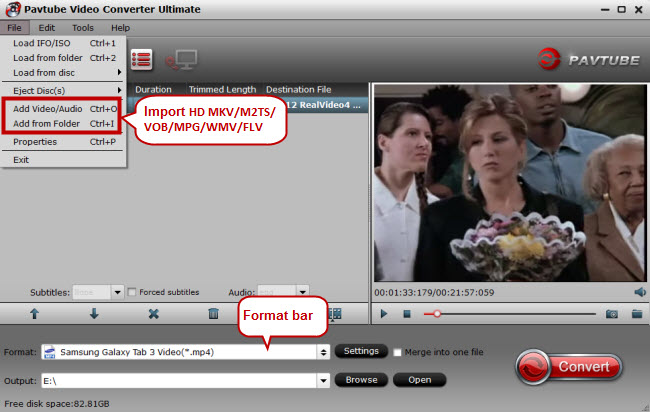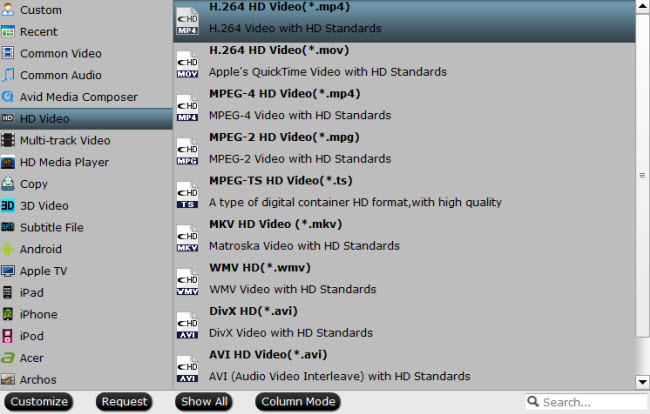NAS, or network attached storage, is primarily used as a way of keeping files secure in a personal Cloud – but if you want to add an extra layer of security to the proceedings, then some online backup providers let you upload data from a network storage device as well as from your PC. Others also allow you to sync files between your NAS and Cloud storage providers such as Dropbox, Google Drive, and Box – so that your updates stay consistent across platforms. For the uninitiated, we’ve come up with a handy guide to getting started with NAS – or keep reading for our rundown of the 5 best NAS backups for 2016.
The list below is primarily concerned with backup providers that have native apps for devices by NAS giants QNAP, Synology and Netgear, but if you’re more interested in the DIY approach, scroll down to find out which other services let you run NAS backups in different ways.
Best Backups for NAS Summary
ElephantDrive makes it to the top of the list because, simply, it’s all about NAS. As well as offering a standard range of backup services including sync and share options, automatic backups, and archiving, ElephantDrive has successfully cornered the market in NAS backups. As a result, you’ll find native ElephantDrive apps available from not just QNAP, Netgear, and Synology, but also Western Digital, Drobo, D-Link Vault, Thecus, and Seagate – and extensive support on offer for all of them.
This makes ElephantDrive one of the most easy-to-use providers when it comes to NAS backups, as it’s pretty much all done for you and there are plenty of experts on hand to help you out with any problems. It’s also compatible with many devices suitable for personal (rather than business) users, so is a great choice if you just want to keep your files extra safe at home.
ElephantDrive offers six different subscriptions, starting at $7 per month for 100GB of storage, and there’s a free trial available too if you’d like to start by taking it for a spin.
Top 1. ElephantDrive
ElephantDrive makes it to the top of the list because, simply, it’s all about NAS. As well as offering a standard range of backup services including sync and share options, automatic backups, and archiving, ElephantDrive has successfully cornered the market in NAS backups. As a result, you’ll find native ElephantDrive apps available from not just QNAP, Netgear, and Synology, but also Western Digital, Drobo, D-Link Vault, Thecus, and Seagate – and extensive support on offer for all of them.
This makes ElephantDrive one of the most easy-to-use providers when it comes to NAS backups, as it’s pretty much all done for you and there are plenty of experts on hand to help you out with any problems. It’s also compatible with many devices suitable for personal (rather than business) users, so is a great choice if you just want to keep your files extra safe at home.
ElephantDrive offers six different subscriptions, starting at $7 per month for 100GB of storage, and there’s a free trial available too if you’d like to start by taking it for a spin.
Top 2. IDrive
As well as being one of our favourite all-round backup services, IDrive is also pretty good for NAS users. Amongst its long list of features, it counts not just the ability to backup from mapped drives, but also apps for Synology, QNAP and Netgear ReadyNAS. IDrive’s new and improved customer support system is also on hand to help out with any NAS-related issues, and there are some introductory guides in their FAQ to help you get set up.
With IDrive, 1TB of online storage space comes at a generous $3.71 per month (paid in a yearly lump sum) – although be warned that this will increase to $4.95 per month once you reach your second year. You’ll also get flexible backup and restore options for your money, as well as sync and share features, and the ability to backup from an unlimited number of devices. There’s even a 5GB free account can give you a taste of what’s on offer.
Top 3. Dropbox
Dropbox works in a slightly different way to the backup providers discussed so far. That’s because, rather than being a traditional online backup service that focuses on storing your data for retrieval in emergencies, it’s a Cloud storage provider, so much more concerned with file sharing and remote access.
So how does this work with NAS? Rather than backing up files from network storage devices like IDrive and ElephantDrive, Dropbox comes as part of more general Cloud Sync applications that allow you to sync the files saved on your NAS with multiple Cloud storage services. In this respect, you end up with something like a Cloud storage manager – a centralised service that keeps all of your files organised and up to date.
Top 4. CrashPlan
One for the more adventurous amongst you! CrashPlan is an excellent backup service, offering unlimited storage space and top-notch security for a very reasonable price. While most of the software is pleasantly easy to use, however, its NAS options are a bit of a mixed bag.
QNAP users have it easiest, with a dedicated app on offer that’s simple to download and run, and Mac and Linux users shouldn’t encounter too many problems either, as they can easily process backups from mounted drives.
Surprisingly, it’s Windows users that really suffer, as a limitation built into the Windows OS means that CrashPlan isn’t able to support backups from mounted drives. However, they do offer a useful list of unofficial mounting methods for anyone willing to put in the time and effort – and as one of the best and most affordable backup services around, we think that it’s time well spent.
Top 5. HiDrive
With both a Synology app and the option to store files from mounted drives, HiDrive is a solid choice for NAS backups, although their software can be a little confusing in places. Luckily, a great forum full of guides and troubleshooting suggestions should help you to overcome any hurdles along the way, and you’ll get some great extra features for your money too.
HiDrive is likely to appeal most to users without very large quantities of files to backup online, as storage space is fairly limited, with 100GB available for $6.30 per month, and 500GB for $13.60. However, if you’re just looking to keep your data extra secure, then it’s a great choice, with other benefits including built-in FTP access, an image sharing gallery, and email uploads.
Business & enterprise users
NAS is a very popular storage solution for small businesses as well as home users, so you’ll find QNAP, Synology and Netgear offering plenty of apps for NAS backups from more heavy-duty storage providers too.
Microsoft Azure, Amazon Glacier, Google Cloud Storage, and Symform all work with NAS providers – making it easier for organisations to keep their data as safe as possible both locally and online.
DIY NAS backups
If you’re more interested in creating your own NAS than shelling out for a pre-made box, then you won’t have access to apps – but there are still plenty of ways to store your data online. Providers including SOS, Acronis, MyPCBackup, JustCloud, BackupGenie, and ZipCloud all let you backup from a NAS device simply by selecting it as a file location, although all members of the MyPCBackup canon (aka. MyPCBackup, JustCloud, BackupGenie and ZipCloud) will charge you $99.95 per year for the privilege.
In addition to this, you can also run backups of network drives using SpiderOak, Memopal, and LiveDrive – all of which require you to map the drive before it can be recognised. Fortunately, this is a simple process, and our walkthrough guide can help you get set up in just a matter of minutes!
NAS backups conclusion
NAS backups are a great way of keeping your network’s data safe not just in a personal cloud, but also online. Whether you’d like a simple app, or want to try your hand at setting up a NAS and backing it up solo, there’s an online backup provider out there for you – and our list should give you an excellent place to start!
Solve Can’t Put videos and movies to NAS
You can store your movies to various NAS for playing via TV, portable device etc. But not all movies are imported onto NAS like DVD, Blu-ray, ISO, and some complicated formats. So if you want to have no problems in storing movies to NAS, you can choose one professional video converter – Pavtube Video Converter Ultimate ( Mac)。 With it, you can convert any SD/HD/4K movies and DVD/Blu-ray/ISO to NAS supported formats on your computer for your smooth streaming. Besides, it also provide output format for various device like iPhone, iPad, Apple TV,Samsung/LG/Sony/Panasonic TV, PS3, PS4, Xbox 360, Xbox One and some NLEs including FCP, iMovie, Premiere Pro, Windows Movie Maker, Sony Movie Studio 13, etc.


Other Download:
– Pavtube old official address: http://www.pavtube.cn/blu-ray-video-converter-ultimate/
– Cnet Download: http://download.cnet.com/Pavtube-Video-Converter-Ultimate/3000-2194_4-75938564.htm
Have more questions about Dropbox vs Google Drive, please feel free to contact us>> or leave a message at Facebook .
More Topics:











Comments